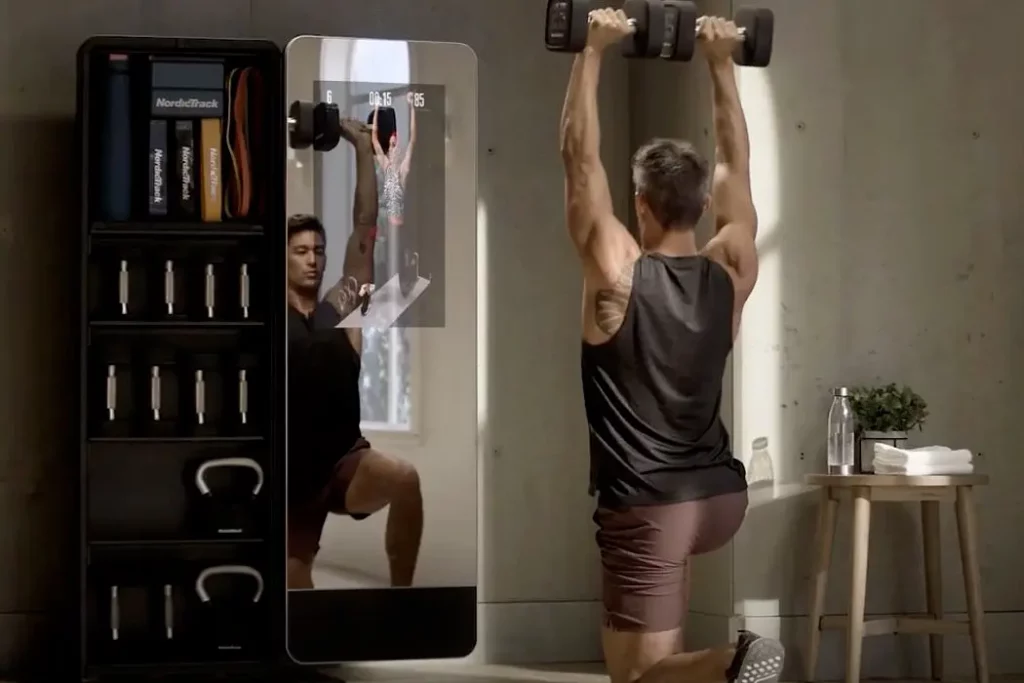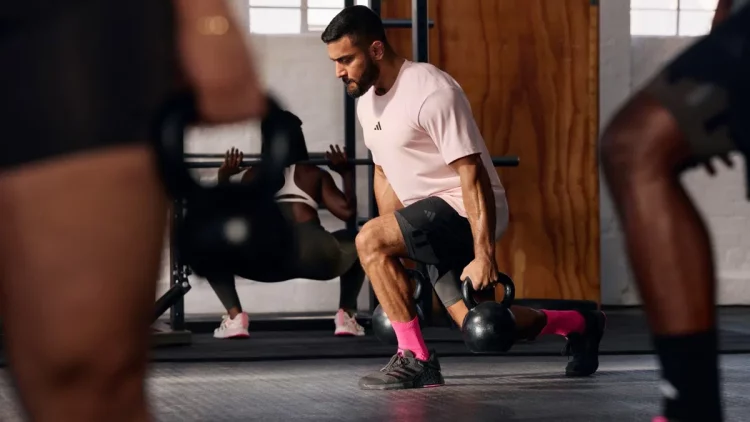Introduction
High-Intensity Interval Training (HIIT) has become one of the most popular fitness trends in recent years. With promises of burning more fat in less time, improving cardiovascular health, and boosting metabolism, it’s no surprise that many people are eager to jump into this fast-paced workout style. But while HIIT offers impressive benefits, the question remains: Is it truly suitable for everyone?
This article explores what HIIT is, its advantages, potential risks, and who should—or shouldn’t—include it in their fitness routine.
What Is HIIT?
HIIT involves short bursts of intense exercise followed by periods of rest or low-intensity recovery. For example, you might sprint for 30 seconds, then walk for 1 minute, and repeat this cycle for 15–30 minutes. The idea is to maximize effort in short intervals, pushing your heart rate up and creating a strong cardiovascular and metabolic response.
The Proven Benefits of HIIT
When performed correctly and consistently, HIIT offers numerous health and fitness benefits:
- Time Efficiency: Burn more calories in less time compared to steady-state cardio.
- Improved Cardiovascular Health: Enhances heart and lung function.
- Increased Metabolism: Post-exercise oxygen consumption (EPOC) means you continue to burn calories even after the workout.
- Fat Loss and Muscle Preservation: Helps reduce body fat while maintaining lean muscle mass.
- No Equipment Needed: HIIT can be performed using just bodyweight exercises.
But Is HIIT Right for Everyone?
Despite its benefits, HIIT may not be suitable for all individuals. Here’s why:
1. HIIT Is Physically Demanding
Because HIIT pushes the body to near its limits, it requires a certain base level of fitness and cardiovascular capacity.
- Not ideal for beginners: Those who are new to exercise may struggle with the intensity, leading to poor form or injury.
- Solution: Beginners should build foundational fitness first through moderate aerobic and strength training before incorporating HIIT.
2. It May Be Risky for Individuals with Certain Health Conditions
HIIT can put significant strain on the heart and joints.
- Caution needed for those with:
- Heart disease or high blood pressure
- Joint issues or arthritis
- Diabetes or chronic fatigue
- Solution: Consult a healthcare provider before starting a HIIT program. Modified low-impact versions are available.
3. Overtraining and Burnout Are Common
Due to its intensity, doing HIIT too frequently can lead to:
- Chronic fatigue
- Poor recovery
- Hormonal imbalances
- Weakened immune function
Solution: Limit HIIT to 2–3 times per week and alternate with low- or moderate-intensity workouts.
4. HIIT Is Not Always Enjoyable for Everyone
Some people thrive on high-intensity challenges, but others may find HIIT overwhelming, discouraging, or simply not enjoyable.
- Mental stress can also accumulate if every workout feels like a test of willpower.
- Solution: Choose a fitness style that matches your personality and lifestyle—consistency matters more than intensity alone.
5. Recovery Time Can Vary Widely
HIIT takes a toll on the nervous system and muscles, and not everyone recovers at the same rate.
- Older adults or people under high life stress may need longer recovery periods.
- Solution: Listen to your body. Feeling constantly sore, exhausted, or unmotivated may be a sign to cut back.

Who Benefits Most from HIIT?
HIIT can be highly effective for:
- Intermediate to advanced exercisers
- Time-pressed individuals
- Athletes seeking performance enhancement
- People with a solid fitness base looking to break plateaus
Who Should Approach HIIT with Caution?
- Complete beginners
- Individuals with underlying health conditions
- Pregnant individuals (unless approved by a doctor)
- Those recovering from injury
- People dealing with chronic fatigue or burnout
Alternatives to HIIT
If HIIT isn’t a good fit right now, other effective forms of exercise include:
- Moderate-intensity cardio: Brisk walking, swimming, or cycling
- Steady-state training: Jogging or elliptical at a consistent pace
- Strength training: Focuses on muscle development with less cardiovascular strain
- Yoga or Pilates: Builds core strength, flexibility, and promotes recovery
Conclusion
High-Intensity Interval Training is a powerful tool—but it’s not a one-size-fits-all solution. While it delivers excellent results for many, it may not align with everyone’s fitness level, health status, or personal preferences. The key to sustainable health and fitness is choosing a workout routine that challenges your body without overwhelming it, aligns with your goals, and fits your lifestyle. HIIT is effective—but only when it’s appropriate for you.

















































